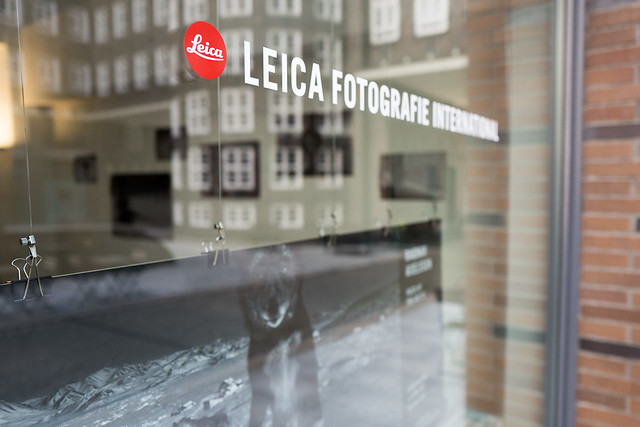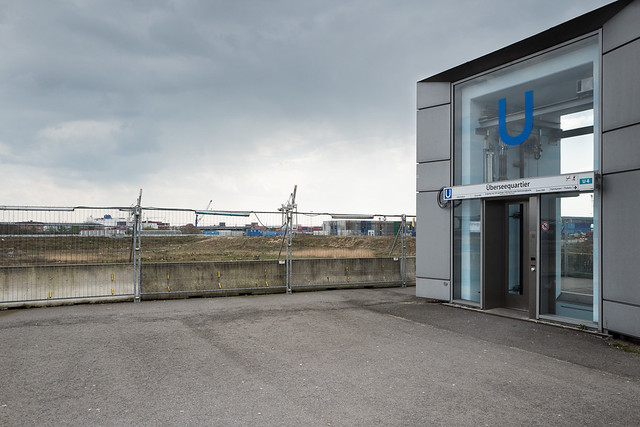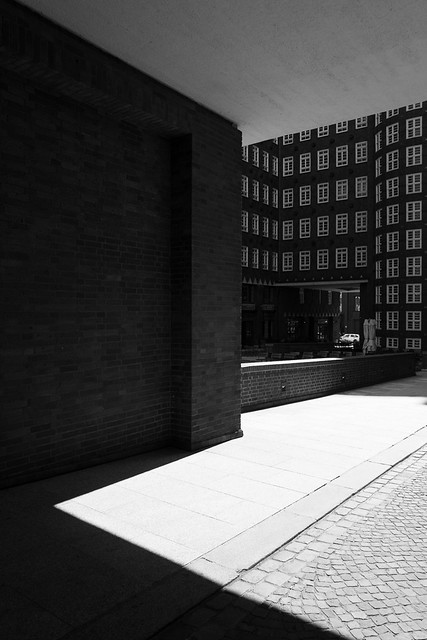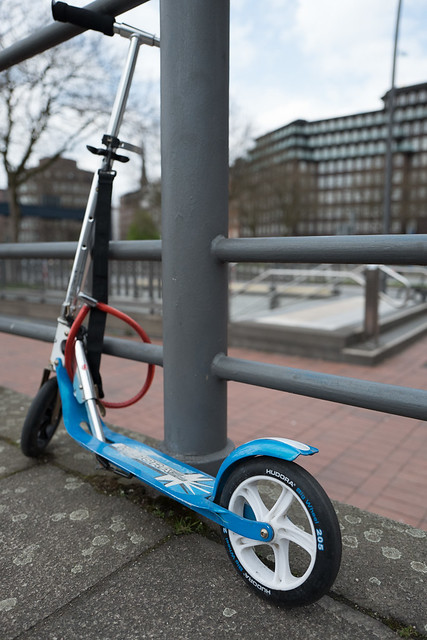“Full Frame” from Inland Sea
A quick review…
One of the least interesting parts of the digital image workflow is nevertheless one of the most critical: getting files off of a memory card and storing them safely on disk. The absolute basic step here is safely copying data, which generally is a solved problem. However there is a bit more to it than that: things like renaming files to something meaningful, rather than the cryptic names so beloved of digital camera designers, storing them in a defined structure based on simple attributes such as capture date and also more advanced ones such as camera serial number, adding basic metadata, making safety copies in another location, and automating all of the above are valuable features.
Most imaging applications such as Lightroom or Capture One have some degree of ingest / import functionality, but I’ve always found it to be incomplete in one detail or the other. Also, I prefer to keep this part of the workflow independent from editing and developing.
For many years I’ve used the dedicated applications produced by Marc Rochkind, ImageIngester Pro and later Ingestamatic. These are very powerful and allow an almost endless amount of customisation, supporting all I’ve described above and more. Much more. However they have two drawbacks: the user interfaces are indescribably awful, to the point that it seems intentional. It would be hard to implement such dreadful usability purely out of chance. That can be overcome with time, and the fact that both applications are essentially “set and forget”. And once they are set up, the underlying code proves to be fast and ultra-reliable. The second drawback, however, is a show-stopped: last year, Rochkind, apparently defeated by changes to the MacOS API, announced that he was discontinuing development, and ending support at the end of 2017. Ingestamatic still works, at least under OS X Sierra (I see zero reason to “upgrade” to High Sierra), albeit with a prominent kludge, but it’s a dead parrot.
So, I had to find an alternative, which is easier said than done. Actually I do have a license to one product which does fit the bill, PhotoSupreme, but that is so clunky that firing it up just to import files to disk is too dire to contemplate. Another alternative is Photo Mechanic, but I don’t really need 95% of its functionality, so paying nearly $200 was not attractive. I was getting close to doing do, nevertheless, when I came across a reference somewhere to a product I’d never heard of, Full Frame by Inland Sea.
Superficially, Full Frame follows a similar philosophy to Ingestamatic. It is designed to offer comprehensive photo browsing and importing support, no more, no less. To be honest, it doesn’t quite have the depth of Ingestamatic, but what it does have is presented with far more panache and grace.
Full Frame has a deceptively simple UI. When no source is selected (card, camera or folder) it is basically blank. But as soon as you identify a source, using the left dropdown, it populates the main window with thumbnails. Clicking on Copy will then swiftly copy all files (or just a selected subset) to the destination volume, identified in the right dropdown. That in itself is obviously no big deal, but the usefulness of Full Frame is revealed when you peep behind the scenes.

Full Frame window showing contents of the SD Card from the Olympus TG-5 Tough which I just received as a gift and was trying out today.
Within Preferences, the Filenames dialog allows pretty much any folder name / file name pattern on the destination volume to be specified. Well, it works for my weird, necessarily convoluted scheme, anyway.

Metadata Preferences allow a wide range of Exif, IPTC, GPS, XMP and other metadata fields to be applied to imported items. These can also be arranged as custom presets. This appears to be very extensive and powerful, approaching functionality in the far more costly Photo Mechanic. I can’t really evaluate it as frankly it is more the sort of thing that, I imagine, would appeal to event photographers and suchlike. But it looks pretty useful.
A floating “Inspector” window shows an extensive list of properties of the selected image. I guess this might be useful, but so far I haven’t really found a practical use for it.
I’ve been using Full Frame for a month or so now, and it has happily swallowed everything I’ve thrown at it, including indigestion-inducing Sigma DNG files. I have had some occasions where it appears to sit there thinking about life, the universe and everything, before suddenly springing into life and, apparently, copying several GBs in a few seconds. This is quite weird, as it is totally impossible to copy data so fast over USB3. I have a hunch that there is some issue synchronising between the actual ingestion process and the UI updating.
There are some things I’d like to see Full Frame do better. For example, it would be very useful to be able to use certain EXIF fields in the folder / file name template. It would also be very useful to be able to save variants of folder / file name template to be selected at Copy time, or even better, associated with a given camera. It seems from Metadata preferences that code to do something very similar, in both cases, already exists in the app. Oh yes, and one other thing: these import-specific configuration dialogs (Filename, Metadata) should not be in Preferences, but rather have their own menu item / window. In my humble opinion, anyway.
But finally, I’m afraid that apart from extremists like me, there isn’t much of a market for Full Frame. Also, the name doesn’t really describe the functionality, and given that I’d been looking around for something like this, but it took me years to find it, perhaps it needs more targeted marketing. Despite this, and my light criticisms, I thoroughly recommend Full Frame. It costs CHF 29 for full functionality, with alternative restricted or pay-you-go schemes. Compared with Photo Mechanic at $150, it’s a steal.














